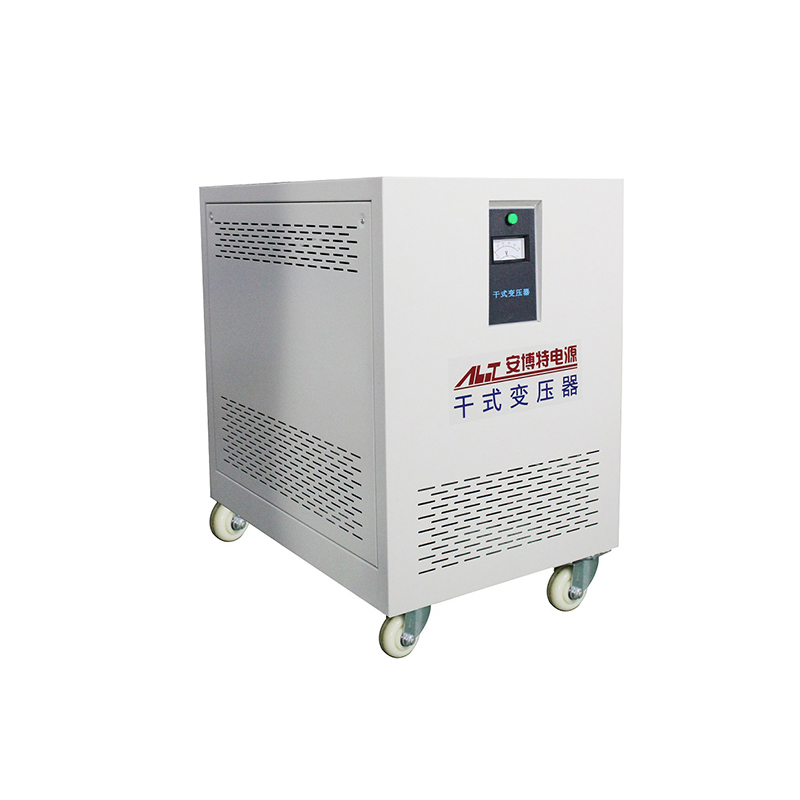1. The electromagnetic wire selected based on the static theoretical planning of dry type transformers is quite different from the stress acting on the electromagnetic wire during practical operation.
2. At present, the calculation procedures of various manufacturers are based on idealized models such as the uniform distribution of the leakage magnetic field, the same turn diameter, and the equal phase force. In fact, the leakage magnetic field of the dry-type transformer is not uniformly distributed. , In the iron yoke part is relatively concentrated, the electromagnetic wire in this area is also subject to greater mechanical force; the transposition wire will change the direction of force transmission due to climbing at the transposition, and generate torque; because of the factor of the elastic modulus of the cushion, The unequal spacing of the axial spacer blocks will delay the resonance of the alternating force generated by the alternating magnetic field leakage. This is why the line cake at the core yoke, the transposition, and the corresponding part of the voltage regulating tap is the most important The root cause of deformation.
3. When calculating the short-circuit resistance ability, the influence of temperature on the bending and tensile strength of the magnet wire is not considered. The short-circuit resistance planned at room temperature cannot reflect the actual operating conditions. According to the test results, the temperature of the magnet wire has a great influence on its yield limit 0.2. As the temperature of the magnet wire increases, its bending resistance, tensile strength and elongation are all Decrease, the bending and tensile strength at 250°C will drop by more than 10% than that at 50°C, and the elongation will drop by more than 40%. In a transformer in practice, under additional load, the average winding temperature can reach 105°C, and the hottest spot temperature can reach 118*C. Generally, the transformer has a reclosing process during operation, so if the short-circuit point cannot disappear for a while, it will Within a short period of time (0.8s), the second short-circuit impact was received immediately, but after the first short-circuit current impact, the winding temperature increased sharply. According to the rules of GB1094, the maximum allowable 250°C, then the winding The short-circuit resistance of the transformer has been greatly reduced, which is why most of the short-circuit incidents after the transformer reclosing.
4. The general transposition wire is used, which has poor mechanical strength, and is prone to deformation, loose strands, and copper exposure when receiving short-circuit mechanical force. When selecting general transposed conductors, because of the large current and steep transposition climbing, this part will generate a large torque. At the same time, the wire cake at the two ends of the winding will also produce due to the combined effect of the amplitude and axial leakage magnetic fields. Larger torque causes distortion. For example, the A-phase common winding of Yanggao 500kV transformer has 71 transpositions. Because of the use of thicker general transposition wires, 66 transpositions have varying degrees of deformation. The other Wujing No. 11 main transformer is also due to the use of general transposed conductors, and the two-end wire cakes of the high-voltage winding at the core yoke have different flipping and exposed wires.
5. The selection of soft wires is also one of the main reasons for the poor short-circuit resistance of the transformer. Because of the lack of knowledge in the early stage, or the difficulties in winding equipment and technology, the manufacturer refuses to use semi-rigid wires or has no requirements in this regard during the planning. From the perspective of the faulty transformers, they are all soft wires.
6. The winding is loosely wound, and the transposition or correcting and climbing place is not handled properly, and it is too thin to form the electromagnetic wire hanging in the air. From the perspective of end damage, the deformation is more common in the transposition, especially the transposition of the transposition wire.
7. If the winding turns or wires are not cured, the short-circuit resistance is poor. The windings treated with varnish in the early stage are not damaged.
8. Improper control of the pre-tightening force of the winding leads to misalignment of the common transposed wires.
9. The empty courtyard of the suit is too large, resulting in insufficient support on the electromagnetic wire, which increases the potential for short-circuit resistance of the transformer.
10. The pre-tightening force acting on each winding or each gear is uneven, and the line cake jumps when short-circuit impact, which causes the dome stress acting on the magnet wire to be too large and deformed.
